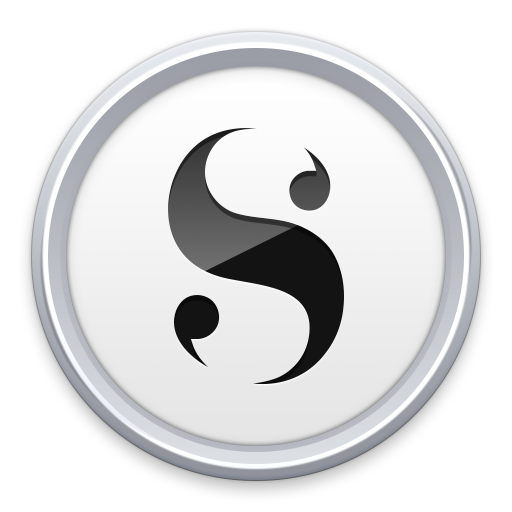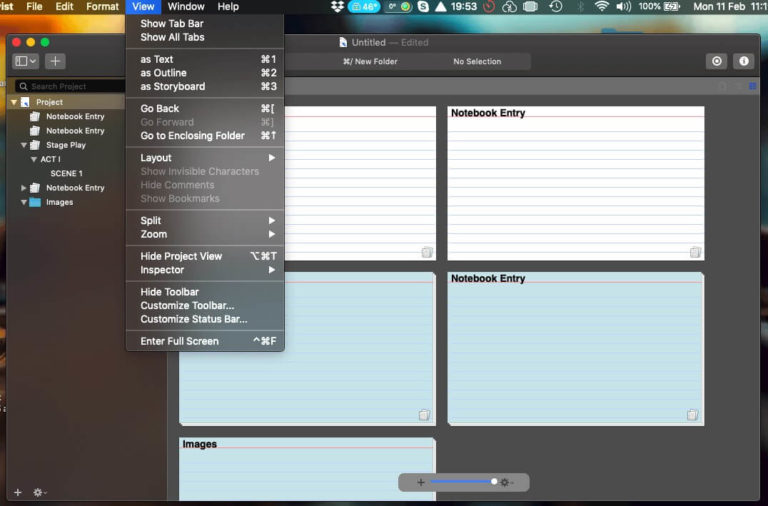
You can move your scenes around at will, and get a visual overview of how it all fits together with the “Corkboard”, a view that mimics a physical board with index cards for each chapter and/or scene.Īs you can see, you can also use coloured labels to keep track of different characters, perspectives, locations, or whatever else you need to keep track of. Let’s start our Scrivener review by looking at the corkboard, one of the most useful screens. What that means in practice is that, instead of working on a single, long document, you can break your manuscript up into smaller, more manageable chunks: not just chapters, but individual scenes within each chapter (or sub-sections if you’re working on a non-fiction book). Whereas a simple word processor like Microsoft Word is ideal for short projects like articles and reports, Scrivener is specifically designed to help you write a book. Otherwise, read this dedicated Scrivener review for a more in-depth look at how it works and what it can offer. If you want to see how Scrivener compares to its competitors, check out our summary of the top 10 book writing software apps.

In this review of Scrivener, we’ll look at how the app works, its pros and cons, and whether you should use it to write your next book.
Storymill vs scrivener 2017 for mac#
It’s one of the most popular types of book writing software for Mac and PC, and for good reason.


Any writer looking for book writing software to help them complete that novel or non-fiction book should take a look at Scrivener.


 0 kommentar(er)
0 kommentar(er)
